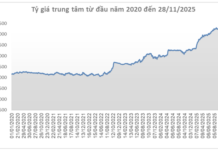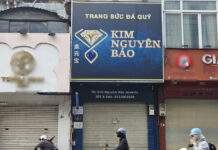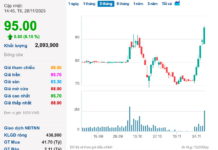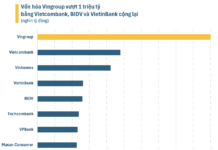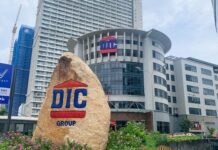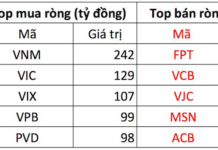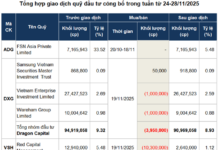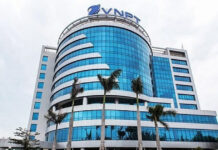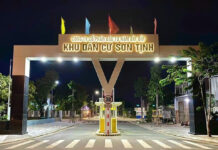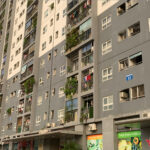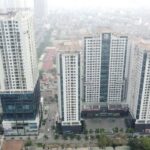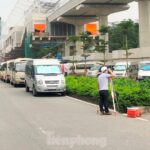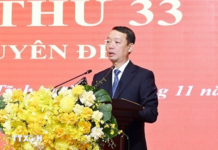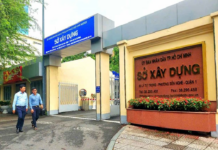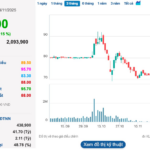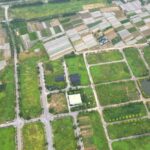Considering criteria such as population density, transportation infrastructure, and the capacity of public passenger transport services, the drafting agency determines that the central districts of Hoan Kiem, Ba Dinh, Dong Da, and Hai Ba Trung have areas that meet the requirements for low-emission zones.
“We only choose the administrative units at the district and county levels to implement the plan. The areas to be identified as low-emission zones, where vehicle restrictions will be implemented, will be decided by the local authorities, who will then submit the list to the competent authority for approval,” said a representative of the Department of Natural Resources and Environment (the drafting agency).
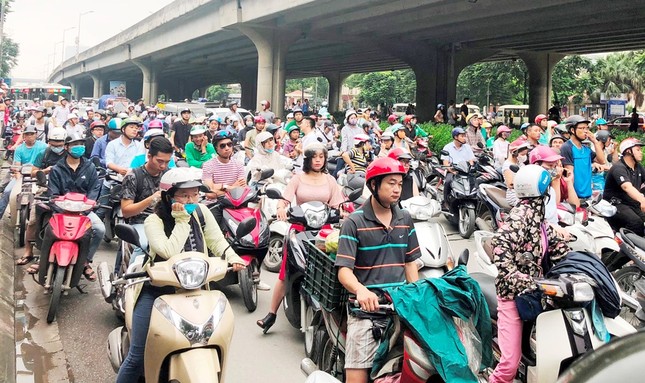
Certain types of vehicles will be restricted from entering low-emission zones in Hanoi.
According to the Hanoi Department of Natural Resources and Environment, within a district, county, or town, there can be multiple areas selected as low-emission zones, not just one.
Regarding the specific areas that have been surveyed and discussed with the administrative units to be proposed as low-emission zones for the pilot program starting in 2025, the Department of Natural Resources and Environment shared that, with its well-developed transportation infrastructure, high population density, and comprehensive traffic signs and signals, especially with its pedestrian streets and ancient quarters that are already vehicle-free on weekends, Hoan Kiem District will be chosen as the pilot low-emission zone.
“When Hoan Kiem District is selected for the pilot, it does not mean that all areas within the district will be subject to vehicle restrictions. Instead, the district authorities will choose certain areas that meet the criteria, such as the areas surrounding Hoan Kiem Lake and the ancient quarters, to implement the low-emission zone regulations, while the rest of the district will continue to allow vehicles as per the city’s traffic organization and diversion plans,” the drafting agency representative informed.
Older diesel-run cars and motorcycles will be restricted.
Regarding the types of vehicles that will be restricted or prohibited from entering low-emission zones, the drafting agency representative stated that currently, the areas around Hoan Kiem Lake and the ancient quarters already have strict restrictions on trucks, tractor-trailers, containers, and large passenger vehicles. Additionally, during weekends, all vehicles, including motorcycles, cars, and buses, are completely banned from entering these areas. Therefore, when implementing the low-emission zone regulations, the executing agency will only need to propose and install additional signs to restrict vehicles during certain hours or prohibit high-emission vehicles from entering the zone.
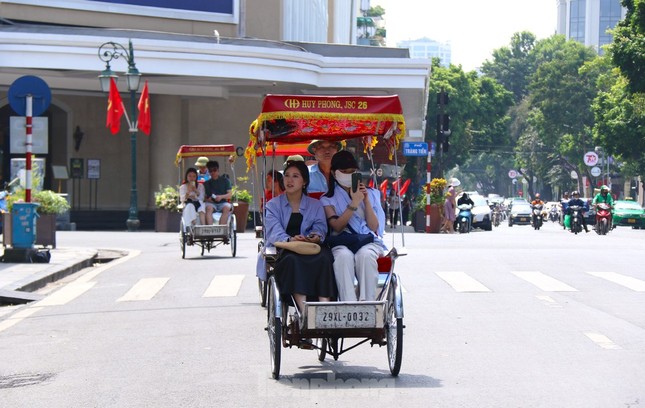
The area around Hoan Kiem Lake is considered suitable for the low-emission zone pilot.
Specifically, along with the already banned trucks, tractor-trailers, and containers, for which there are existing signs, when implementing the low-emission zone, the executing agency will only need to add signs restricting certain types of vehicles during specific hours or prohibiting vehicles with high emissions, such as diesel-run cars, taxis, and contract cars that are over 10 years old, as well as older motorcycles.
To establish the low-emission zones (safe zones) as mentioned in the Capital Law recently passed by the National Assembly, the Hanoi People’s Committee has assigned the Department of Natural Resources and Environment to draft a resolution on criteria, conditions, procedures, and processes for identifying low-emission zones in the city.
Based on this resolution, the city will use criteria related to demographic and economic characteristics, air pollution levels, and transportation infrastructure feasibility to establish low-emission zones. It is expected that during the period from 2025 to 2030, the city will develop these zones based on the five criteria mentioned, with the aim of restricting certain types of vehicles.
The Ever-Changing Landscape of Hanoi’s Social Housing: From Affordable to a Few Billion Dreams
The Hanoi apartment market is experiencing a significant surge in prices, with social housing costs skyrocketing to a range of VND 40-45 million per square meter, and some units even exceeding VND 50 million. Prospective buyers are now facing the reality that purchasing social housing comes with a hefty price tag, requiring billions of VND to even enter the conversation. This unprecedented rise in prices has caught the attention of many, highlighting the changing landscape of the real estate market in Hanoi.
“The Capital Conundrum: Unraveling Hanoi’s ‘Super’ Transport Project Delays”
With a substantial budget of thousands of billions of dong allocated for construction, these projects are intended to alleviate traffic congestion: the expansion of National Highway 6, the extension of the Thang Long Boulevard expressway, and the Ring Road 1 section from Hoang Cau to Voi Phuc. However, the disbursement of funds for these initiatives has been slow, resulting in delayed progress and idle budget allocation.






